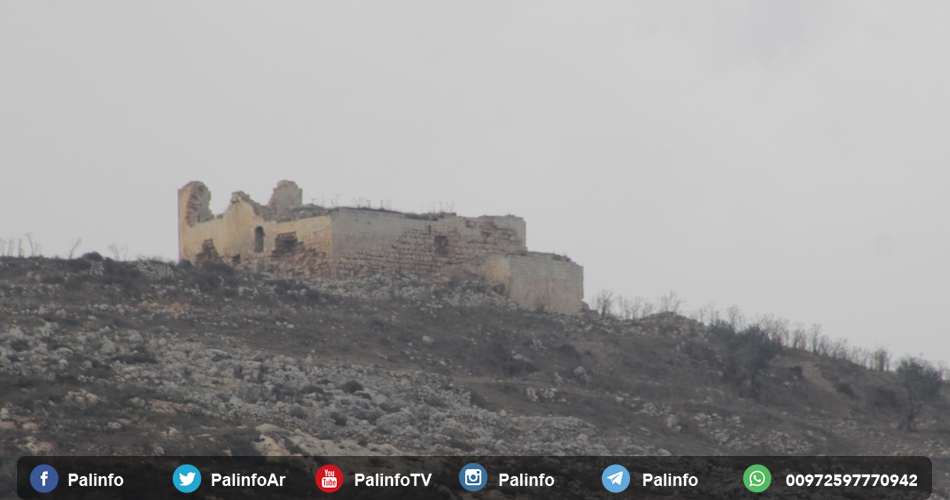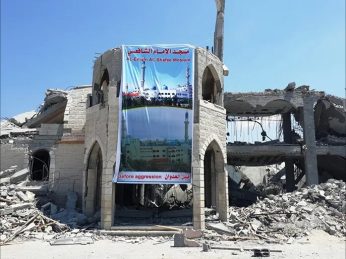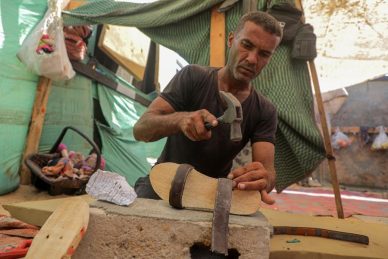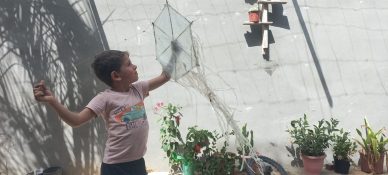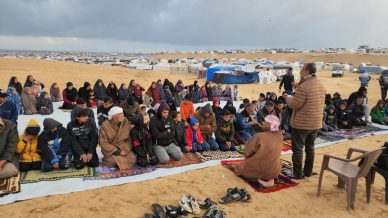Throughout the year between green valleys and slopes the town of Ijnisinya to the north-west of the city of Nablus enjoys an exceptionally beautiful weather. Its territory embraces a fascinating heritage and history surrounded by the old towns of Sebastia Nus Ajbil Bit Amrin and Naqoura. It is 10 minutes away from the center of Nablus city and minutes away from the town of Asira Al-Shamaliya.
According to the head of the village’s council Mahmoud Asaad the population of Ijnisinya was 800 people at the end of last year and the village is famous for cultivating olives and almonds. The village is home for a very old archaeology illustrated by the old coins found in the village known as Dharkma. There is a mountain named Salaa’ and another one called Al-Sheikh Shala’.
Asaad notes that the town has a single mixed school for eighth graders which accommodates 130 students. The students complete their studies in the nearby town of Sebastia after they attend this school.
Landmark and history
The reason for calling the village Ijnisinya according to one of its most prominent researchers historian Basil Kiwan is that it is an Aramaic word that means people from the same group meaning that its inhabitants are not strangers to the region. It is said that it also means raspberry in Aramaic and this indicates the fertility of the village.
Another narration says that the name means Women’s Garden as the village had many water springs. Queen Helena used to come from Sebastia with her maids to shower in it and the paradise word is due to the abundance of almond trees olives and abundant springs.
The ruins of the famous village of Deir Hameed belonging to the lands of Ijnisinya date back to the 14th century CE which belongs to the Greek era and have traces of the Fatimid period.
Kiwan confirmed that four families have been living in the town: Kiwan Hajjah Shaib and Kaid. The families came there during the Ottoman Empire which also impacted the town and the architecture of buildings.
The town’s heritage
The shrine of Sheikh Shala dates back to the Greek era which was originally a Greek temple where the rituals of worshiping Zeus and Aphrodite were practiced. The site was later renovated during the Islamic era as stated by researcher Kiwan. The foundations of the shrine were later used by locals for reconstruction due to its huge size.
The village was reconstructed in two phases noted Kiwan the author of the book “Ijnisinya between the past and the present.” He added “the first was during the time of Salah Eddin during his war against the crusaders because the village was near Sebastia and it was used as a military fortress to monitor the movement and communication and to gather information. During that time fire was the means of communication from which the name of the mountain Sheikh Shala which means torch came.”
He continued “The second phase took place during the era of the Ottoman Empire as the struggle between Al-Hufat and Saif over the control of Wadi Al-Shaer was taking place. As a result of this struggle Al-Hufat were defeated and they restored to the shrine adding more construction into its current form.”
The shrine is not made of a small room only but also a large number of wells in addition to a smaller shrine on the western side which was demolished two decades ago and could accommodate ten worshipers.
The land on which the shrine is placed is owned by the Kaids of the village. The lands surrounding the shrine belong to the Ghazal family of Sebastia. According to the book Ijnisinya between the past and the present Ottoman records were found in 1912 which confirmed the ownership of the Kaid family of the lands of Sheikh Shala.

